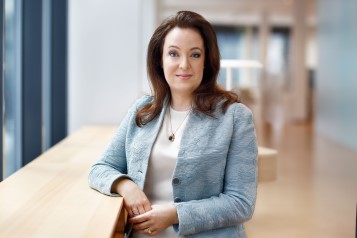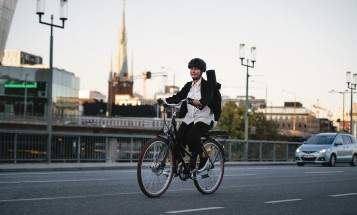Nuclear power
Nuclear power upholds everyday electricity supply and supports the continued electrification of society.
Nuclear power is a low-carbon source of electricity that plays a key role in the energy transition that is underway. It supports everyday electricity supply and the continued electrification of society with fossil free power. Nuclear power offers long-term supply of very low-carbon dispatchable electricity for further electrification and sustainable growth.
Our operations
Vattenfall is a major owner of nuclear power in Northern Europe with vast experience of nuclear operations, decommissioning and management of radioactive waste and spent nuclear fuel. Nuclear safety is the overriding priority in everything we do.
Vattenfall owns ten nuclear reactors, five of which are in commercial operation. Seven reactors are located in Sweden (four at Ringhals, three at Forsmark), and three in Germany (Brunsbüttel, Krümmel and a minority stake in Brokdorf). The German government has made the decision to phase out nuclear power and Vattenfall's nuclear assets in Germany will be wound down in accordance with this decision.
During 2022-2023, Vattenfall is conducting a feasibility study into the potential for two or more small modular reactors (SMR) at Ringhals.
In 2015, Vattenfall decided to close the two oldest reactors at the nuclear power plant Ringhals. The reactor Ringhals 2 was permanently shut down in 2019 and the reactor Ringhals 1 in 2020, according to plan and following preparations after the 2015 decision. Both reactors are now in an advanced stage of decommissioning. Over a period of ten years, Vattenfall has invested in extensive modernisation programmes so that Ringhals 3 and 4 and Forsmark 1, 2 and 3 are well prepared to operate for decades ahead.
In 2022, nuclear generation represented nearly 30% of Sweden's electricity production. Vattenfall's Ringhals and Forsmark nuclear reactors produced 39.5 TWh of Vattenfall's total electricity generation at 108.9 TWh.
Sourcing nuclear
We aim to set and maintain high standards on our fuel sourcing. Nuclear fuel suppliers are screened and approved by Vattenfall before they deliver.
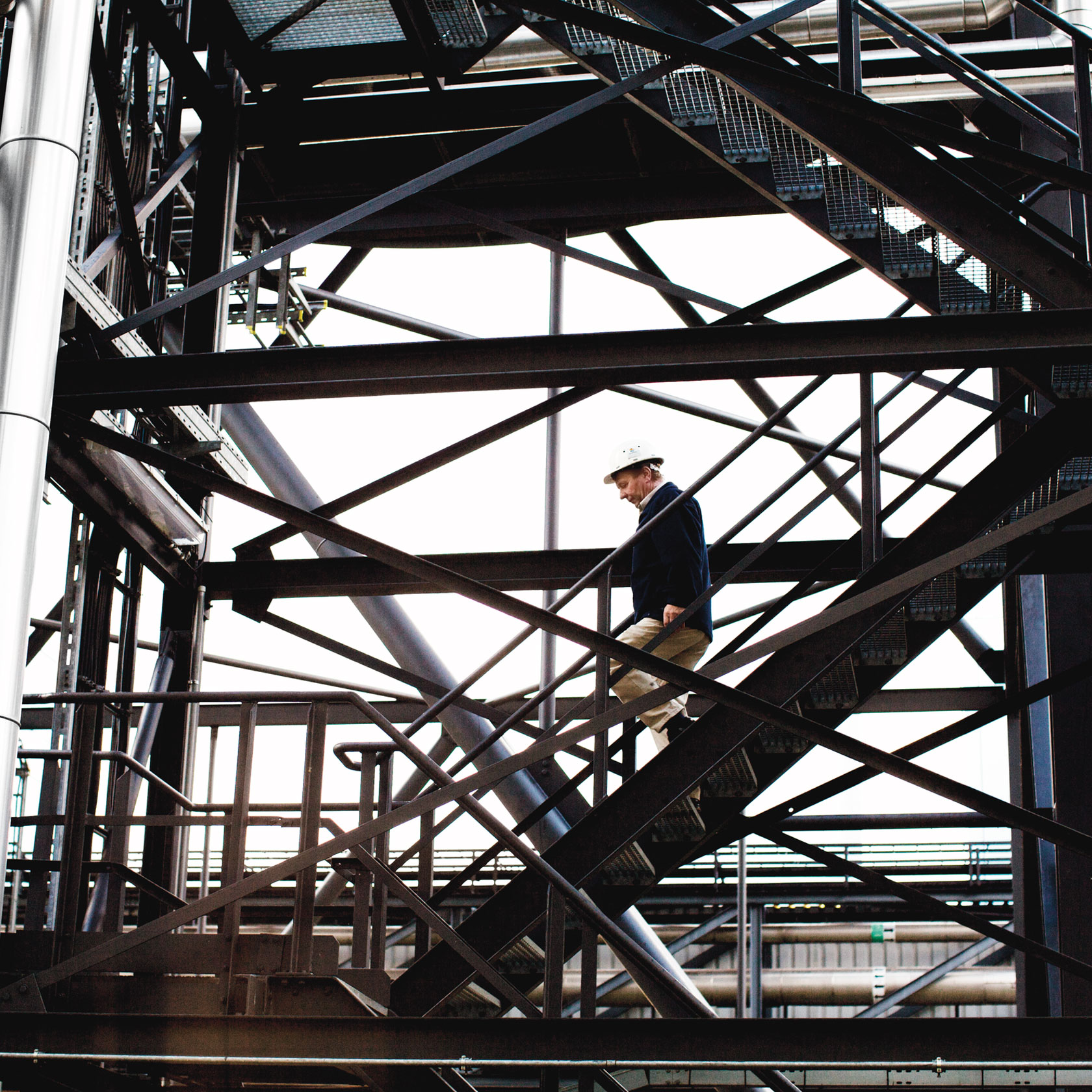
News and press releases
Nuclear waste management
High-level, long-life radioactive waste, primarily consisting of spent nuclear fuel, must be carefully shielded during handling and transportation. It takes approximately 100,000 years for the radioactivity to decline to the level that is found in the uranium ore from which the fuel was originally extracted. Waste generated during the operation of a nuclear power plant is classified as radioactive if it was contaminated or activated in the process.
Nuclear waste management in Sweden
Radioactive waste in Sweden is classified in four levels and depending on the radionuclide content in the waste it is also classified as long-lived or short-lived waste. The Swedish system of waste management was developed by SKB, the Swedish Nuclear Fuel and Waste Management Company, which is a a company owned by the Swedish nuclear operators. The system consists of several facilities for final disposal of the waste depending on its activity and lifetime. The Swedish national authorities supervise the process for the final storage of spent nuclear fuel.
The safety work at Vattenfall’s plants in Sweden is supervised by the Swedish Radiation Safety Authority.
Nuclear waste management in Germany
In 2016, the German Bundestag passed a law under which responsibility for the intermediate and final storage of nuclear waste was transferred to the state. In return, the nuclear operators made payments to a public fund.
So far, there is neither a final repository for low and medium-level radioactive waste nor for spent nuclear fuel. A final repository for low and medium-level radioactive waste is being built in a former iron ore mine (Schacht Konrad) and is expected to be available in 2027. Until then, the waste is stored in interim storages at the nuclear power plant sites. At our Brunsbüttel nuclear power plant a special storage facility has been built and is scheduled to go into operation in 2022. It will then be handed over to the federally owned BGZ (Gesellschaft für Zwischenlagerung) which is responsible for operating all interim storage facilities for radioactive waste in Germany. A similar storage facility is being built at our Krümmel nuclear power plant.
The site finding procedure for a final repository for spent nuclear fuel is ongoing. Until such a storage facility is available, the spent nuclear fuel is stored in interim facilities that exist at all nuclear power plant sites.
The safety work at Vattenfall’s plants in Germany is supervised by the Social Ministry of Schleswig-Holstein.
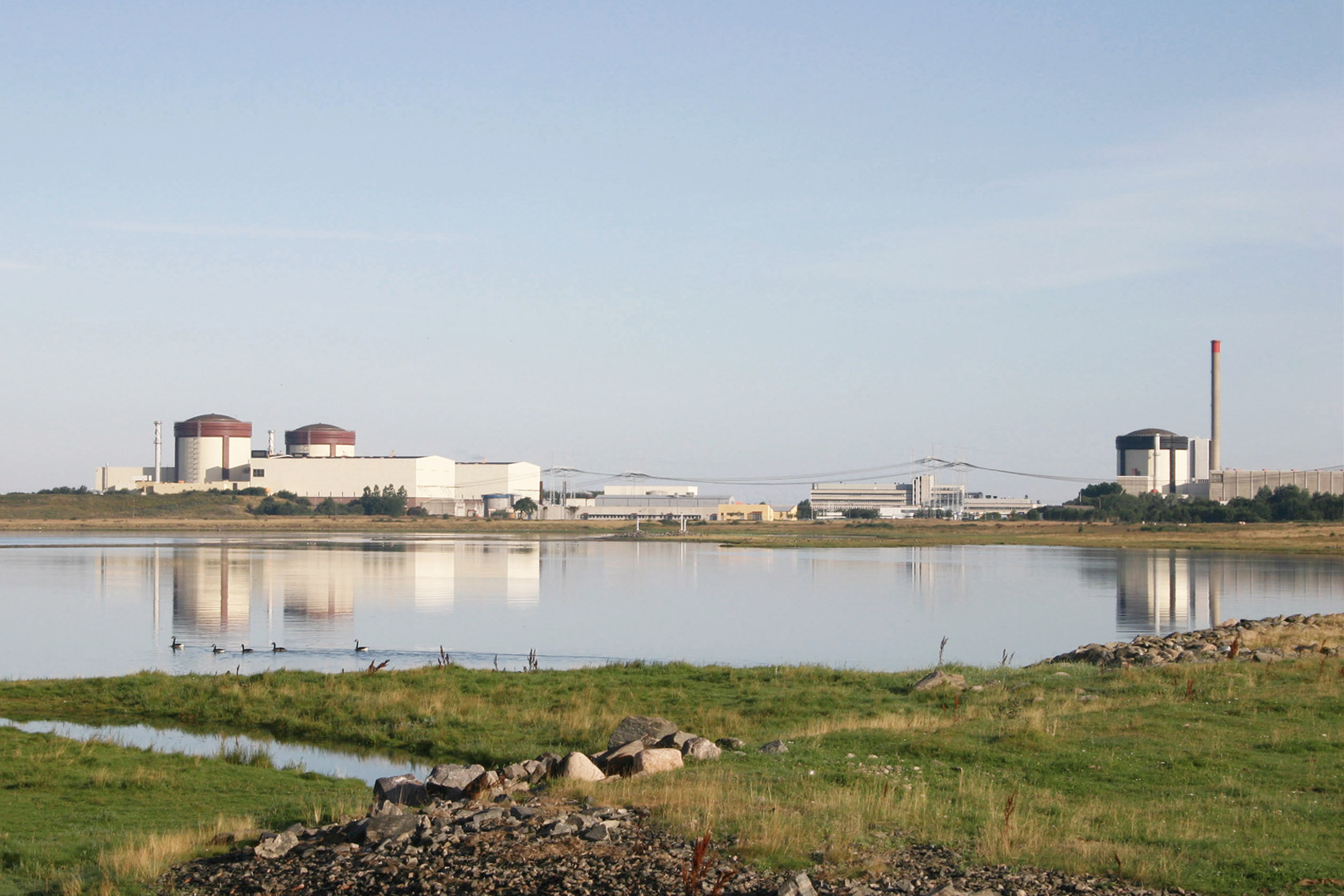
Our power plants
Find out more about Vattenfall’s power plants and facts about how much electricity and heat we are producing.
Nuclear power and the environment
Nuclear power emits low levels of CO2 throughout its entire life cycle. The management of high-level waste such as spent nuclear fuel requires storage in secure facilities for an extremely long time. The facilities must meet the requirements for radiation protection for up to 100,000 years. It is the operator's responsibility to have reliable solutions for managing nuclear waste.
Mining of uranium for the manufacturing of nuclear fuel has an impact on nature. Modern mining methods allow for the landscape to be restored once mining operations have finished. The construction of new nuclear power plants requires the use of energy-intensive materials, such as metal and concrete, but once a nuclear power plant is up and running it emits exceptionally low amounts of CO2.
To get a comprehensive overview of the total emissions in relation to nuclear power, we have carried out an Environmental Product Declaration, EPD. EPDs are updated on a regular basis and they help us identify where we should focus our future efforts to keep reducing our emissions even further.

Environmental Product Declaration
We carry out an Environmental Product Declaration (EPD) to assess the impact of projects.
Nuclear decommissioning
Vattenfall has established the Business Unit Nuclear Decommissioning to perform a safe and efficient decommissioning of reactors in Germany and Sweden. The licensing of a Swedish final repository for spent nuclear fuel is progressing as planned. The next step is the government’s approval of the application made by SKB. This application involves both the site for future storage in Forsmark and the so-called KBS-3 method that is setting an international benchmark for final storage of nuclear waste. The method is the result of more than 30 years of research & demonstration carried out by SKB.
Related content
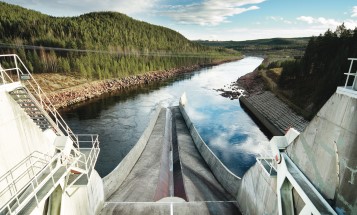
Hydro power is economically attractive and has low levels of CO2 emissions.
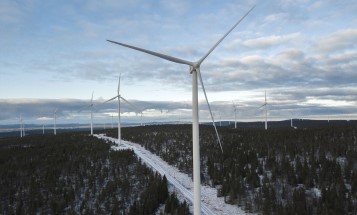
Renewable energy, like wind power, is the key to reducing global CO2 emissions.
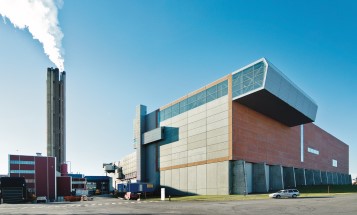
Waste can be used as fuel instead of being sent to landfill.


